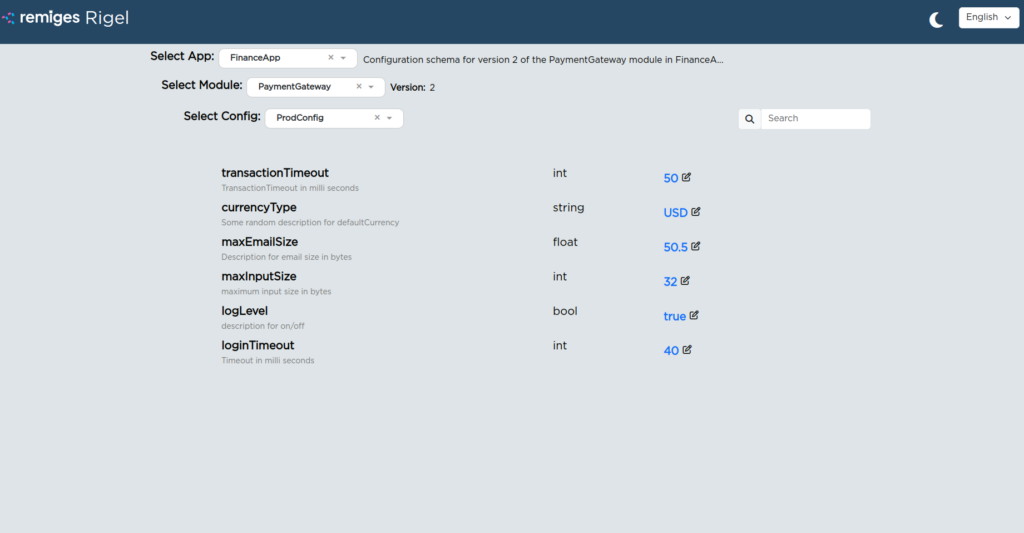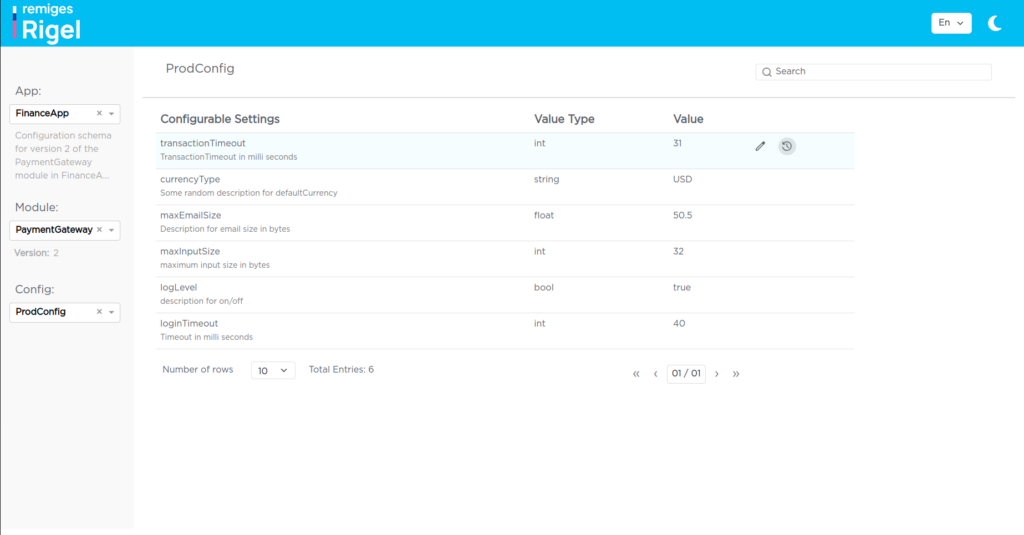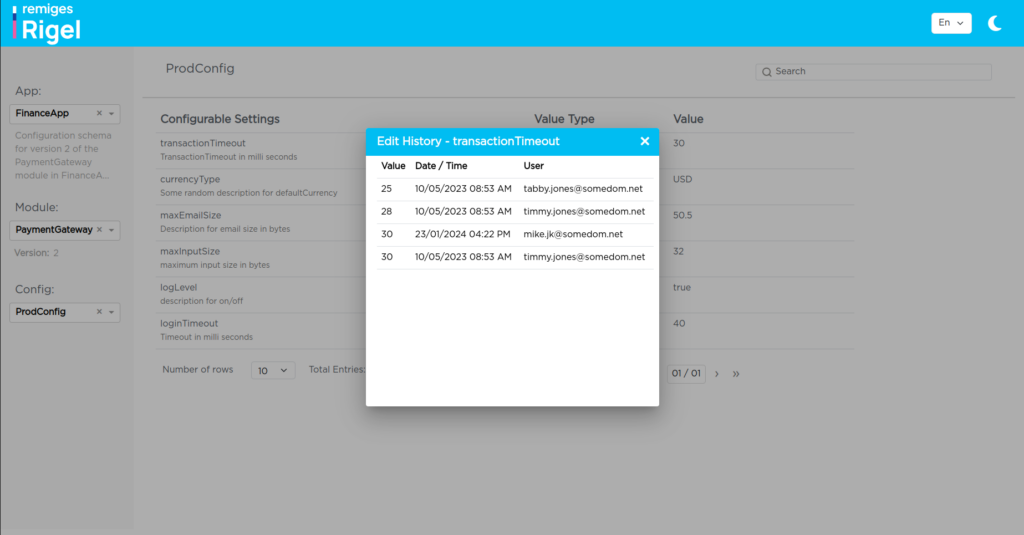My journey from a college graduate to a Frontend Developer at Remiges has been filled with both challenges and triumphs. Looking back, I realize how much I’ve grown—not only as a developer but also as a person. I still remember my first meeting with the tech leads and manager after completing my training period. The excitement of finally joining the team was overshadowed by nervousness. The manager, Shuvam Misra, who was the Chairman and Founder of our company, seemed like a towering figure. I feared that my limited knowledge wouldn’t meet their expectations. To be honest, that meeting felt like a nightmare. 😅
I vividly recall the weight of imposter syndrome. Having just completed my training, I was expected to contribute to real projects. The tech world is vast, and there I was, a beginner surrounded by people with years of experience. I found myself questioning: Can I sustain in this role? Will I ever be good enough to contribute meaningfully? The fear of not understanding the discussions and the overwhelming tasks ahead made me feel guilty. On my way home, I confided in my friend and colleague, Sufiyan Hamidullah. His reassuring words became a turning point for me: collaboration, continuous learning, and communication were key to building something successful. 💬
I took his advice to heart. Days passed, and I gathered the courage to approach my tech lead, Sachin Divekar. I asked him, “What am I supposed to do? What are we building?” Sachin patiently explained the products we were working on—Rigel, Crux, LogHarbour, ID-Shield, Serversage, and Alya. We decided to focus on Rigel, a configuration management system. At the time, we didn’t have UI designs or Figma files; the direction was unclear. But we knew we had to build something functional, understanding that the polished UI would come later. This lack of clarity was both daunting and liberating.
The first few months were a whirlwind of trial and error. I quickly realized that frontend development wasn’t just about coding—it was about constant learning, testing, and refining. Since there were no backend developers available at the time, Shuvam suggested using Mockoon to simulate API responses while we focused on building the frontend. This challenge pushed me to think critically about designing a flexible, scalable UI. Eventually, Adarsh Shukla, a senior developer, joined the team, and together we started developing the actual screens. Having someone more experienced by my side was invaluable.
When we presented our progress to Shuvam for feedback, his suggestions often meant significant changes—almost like a complete overhaul of the project. As frontend developers, adapting existing projects isn’t easy, but it taught me the importance of iteration and flexibility. Shuvam, despite being the chairman, was always approachable. He listened to us, valued our ideas, and offered constructive feedback. Regular discussions became a continuous process, teaching us to stay agile and adapt quickly. 🔄

Fig 1: Initial Version of Rigel UI
This was the early design phase of Rigel, showcasing the raw and functional interface we started with during development.
This served as a foundational step in bridging the technical and operational aspects of the product. However, as the project evolved, the design was refined by our UI/UX Analyst, Saurabh Karandikar, who thoroughly understood Rigel’s business logic, he transformed the prototype into a sophisticated, modern, and industry-standard design for the product. The new Rigel UI not only enhances the user experience but also aligns with contemporary design practices, reflecting the product’s maturity and potential. The updated design is showcased below.


Fig 2: Updated Rigel UI
The revamped interface of Rigel, incorporating feedback and delivering a polished, user-friendly design.
Then came Crux, the next product we were tasked with. This was one of the most complex products I’ve worked on—building a workflow engine or business rule engine was no small feat. I remember attending the initial meeting unprepared and struggling when asked questions about it. That experience taught me the importance of thoroughly reading specifications before diving into development. It was a hard lesson, but one that shaped my approach to future projects.
We had daily meetings to discuss progress, address issues, and receive feedback. As soon as we developed a screen, we would connect immediately for suggestions and make necessary changes. This cycle of collaboration became the standard. Over time, I became more comfortable with the process, gaining confidence in my abilities. Every small victory added to my growing sense of competence. 💪
One key takeaway from this experience was understanding the importance of collaboration and teamwork. As a frontend developer, you might spend a lot of time coding, but the real value comes from working with others to bring the product to life. We had to rely on each other’s expertise to overcome challenges. There were moments when things didn’t go as planned, but those moments taught me the most. Every failure was an opportunity to learn and improve.
All these products are open-source, and their GitHub repositories and blogs are available for reference (https://blogs.remiges.tech/). I was becoming a true part of the team, contributing meaningfully to the products we were building.
There’s much more to share, but I’ll keep this short. In Part 2, I’ll continue the story. The main reason I wanted to share my journey is to highlight a misconception about frontend development: Many people think it’s just about writing fancy HTML and CSS. But that’s a myth. Frontend development is far more intricate and challenging. I often hear people say, “It’s just a button; you click it, and it works.” But as anyone in the field knows, it’s far more intricate and challenging than that.
The journey so far has been one of continuous learning, growth, and overcoming challenges. As a frontend developer, staying up to date with technologies, tools, and best practices is essential. But more importantly, you must develop the mindset of a problem solver—someone who can think critically, adapt quickly, and collaborate to create something meaningful. This is what makes frontend development so rewarding.
This has been my journey so far—filled with learning, growth, and challenges. There’s still much more to learn, and I look forward to continuing this journey and sharing my experiences. I hope my story resonates with others starting out in front-end development or any other tech field. It’s not easy, but it’s worth it. Every challenge, every triumph, brings you closer to your goal. I’m excited to see where this journey takes me next. ✨

Leave a Reply